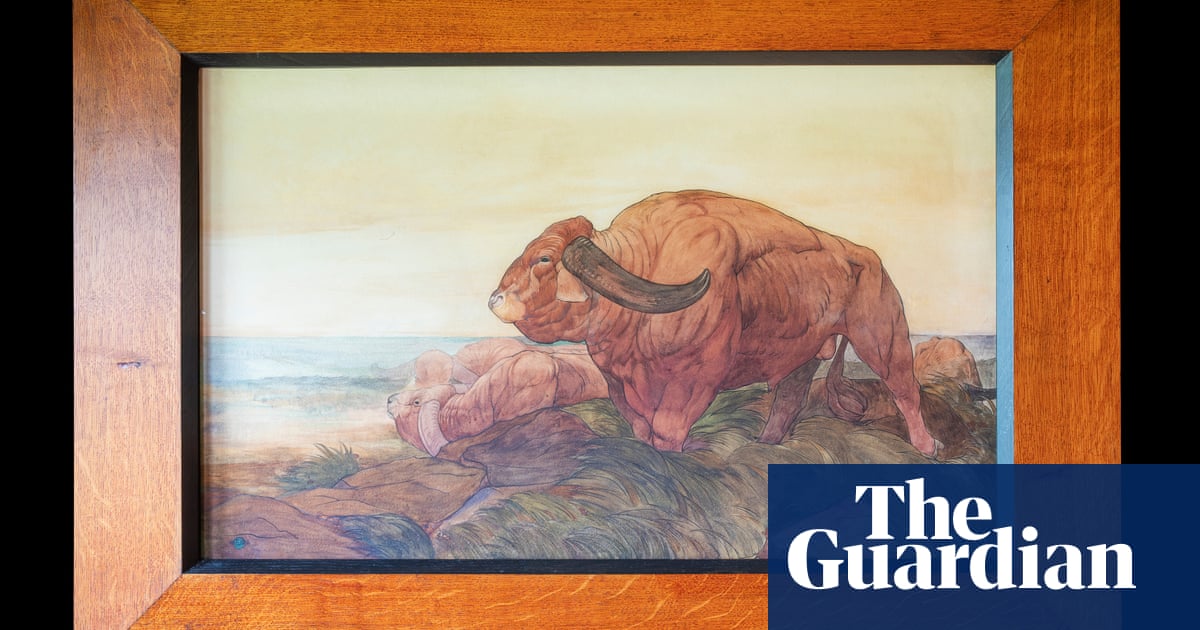
LONDON: An exceptionally rare, museum-quality piece of Iznik pottery is to go on sale at Sotheby’s in London on Wednesday.
The Debbane Charger (circa 1480) is set to go on sale. Sotheby’s London
The Debbane Charger, or dish (circa 1480), one of the most important pieces of Iznik pottery held in private hands, represents a significant discovery in the field of Ottoman art.
Produced during the reign of Mehmet II, the piece belongs to the earliest group of Iznik, characterized by an intense, inky, blue-black coloring which reflects the embryonic stage of firing control two decades before a brighter cobalt blue was achieved.
The charger is a lost “sibling” to four other large dishes, all of which are held in museums, including the Louvre in Paris. They are described in Nurhan Atasoy and Julian Raby’s book “Iznik: The Pottery of Ottoman Turkey,” where it was suggested they were used in court banquets. Though not identical, they display a number of shared elements — the huge scale, central floret, and use of both Rumi and Hatayi motifs, the names given to the rigorously executed arabesque decoration and Chinoiserie floral scrolls respectively.
The charger was formerly in the collection of bibliophile and businessman Max Debbane, who patronized many leading cultural institutions in the town of his birth, Alexandria in Egypt, as well as serving as president of the Archaeological Society.
Opportunities to acquire works of Iznik pottery from this earliest period are very rare, with the most significant examples dating back to Sotheby’s sales in 1993 and 1997.
Further highlights of the Wednesday’s sale include Indian paintings from the estate of Joe and Helen Darrion and a costume album that presents a comprehensive catalogue of the costumes of Ottoman Turkey in the 19th century.
The sale also includes Indian artworks. Sotheby’s London












